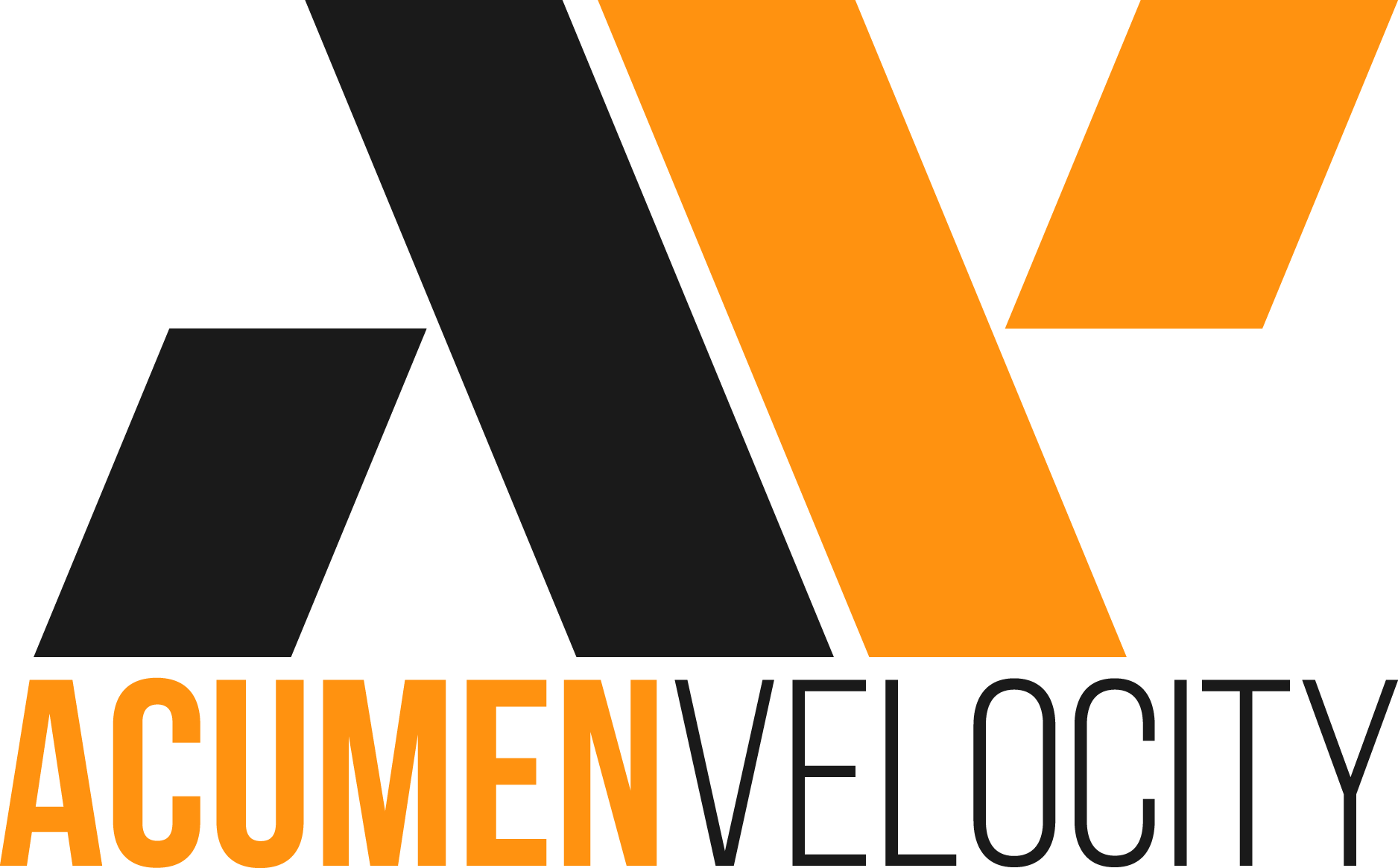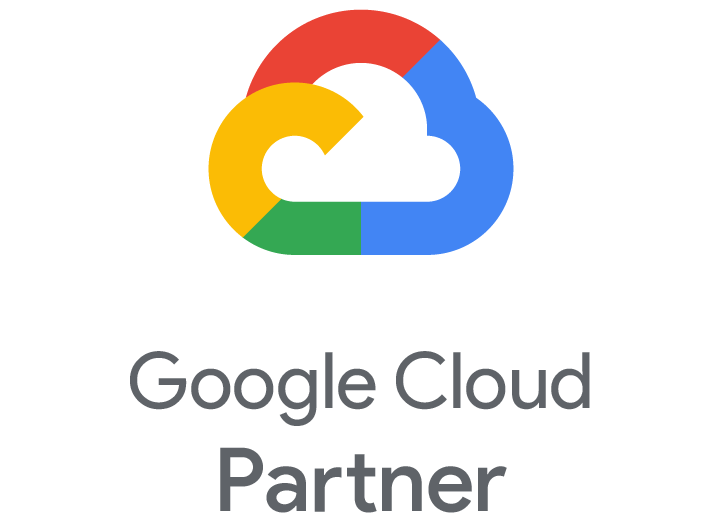Microsoft SQL Server is an extremely well managed, robust and reliable database. In all the recent (10+) years, Microsoft SQL Server has cemented itself as one of the best and world-class database systems.
A lot of new features, standards, its close relativity to the Azure cloud with features like federation, partitioning, data warehousing etc. make it an ideal choice for almost every kind of workload.
Then why migrate out of SQL Server?

There are quite a few reasons for that, for one – Microsoft SQL Server is a very expensive product, the enterprise version can itself set your IT budget back by a good 5 figures (Depending on licensing/Bulk pricing etc.)
Next, although all the advances in Microsoft SQL Server have been great, when looking at the market and the other database systems that are out there, the Open source market and many other DB systems offer in-fact (in some cases) comparable and even better features for a fraction of the cost of a Microsoft SQL Server license.
When Microsoft released SQL Server, its ease of backup, features like replication, indexing etc. were very basic but they got advanced very quickly.
However, the flexibility of the applications and how quickly the database system can scale as well as the agility the database system needs to provide to enable business directional changes has become a major factor as to why companies choose technologies today.
Choosing a database technology is not easy and cost is only one such component towards making that decision.
Today TCO (Total cost of ownership), the availability and skill level of the personnel required to manage and maintain the system, are also paramount.
Today’s modern database systems like MySQL, PostGresSQL, CockroachDB etc.. are being used to power major platforms like UBER and Facebook and many other global consumer systems and applications.
Here is an example of how UBER actually uses MySQL: https://eng.uber.com/postgres-
Not only does it allow Uber to change its business model and adapt to the changing trends and needs of the market but also the self management and reliability features of a very cloud native database come into foray. These features mean that the underlying database technologies come with many features that make the management of the database a very automated and easy task, thus freeing up expensive and over-worked IT technicians to focus on high level, consumer centric problems and not on performance related issues.
The question of performance is a major one, database specialists spend years perfecting the same. While that skill is not wasted, since many experienced database folk can still extract the best performance even from a highly optimized and cost effective database system, these modern databases are now becoming less and less reliant on experienced technicians and more on people who can learn the techniques very quickly and become proficient sooner.
Therefore, the overall TCO (Total cost of ownership) and the impact to the current and future organization become important considerations.
The other big question is the question of change. The modern databases come with the same querying (SQL) and procedure mechanisms that come (for example) with Microsoft SQL Server. Come to think of it, bare bones – Microsoft SQL Server is a barebones application that stores data in a tabular format and uses commands embedded in SQL to retrieve and save data.
These modern databases use the same dialects with subtle differences.
They also come with efficient and fast migration tools that help make such migrations easier and simpler than ever before.
In many instances, the cost of having legacy features like replication, log-shipping, clustering etc. in a Microsoft SQL Server environment not only involves having to carry and pay for expensive high end, multiple licenses, they also require space for backups and many other overheads in terms of cost and maintenance.
In addition, all the cloud companies (Google cloud, Azure and Amazon) have readily adopted these open source databases and provide distributions of them on their cloud platform, thus making it even more compelling to think of as a first step towards cloud adoption. Note that, it is best to start with a small application with minimal impact though so your organization can learn and understand what it means moving to the cloud. This use case has been seen to exponentially make the case for cloud adoption and digital transformation to modernize your application stack as well.
At Acumen Velocity, we specialize in database technologies and migration & can help you and your organization make the use case for such an endeavor.
Our free assessment practice can take a look at your current systems and help you make the best use of your data while keeping the impacts to your applications and business process low. We will also help you increase the efficiency of your IT environment and reduce cost down to a fraction of what it is, especially your total cost of ownership. In many cases, we can show the difference upfront as to what the before and after would be.
Let us know how we can help, we look forward to hearing from you and understanding your needs and requirements.


